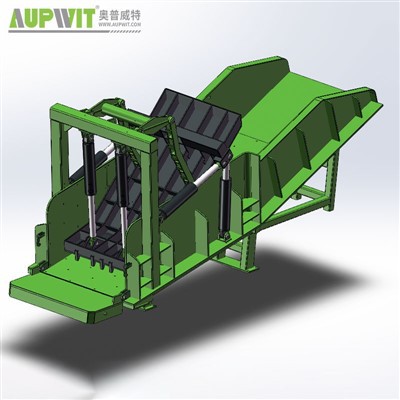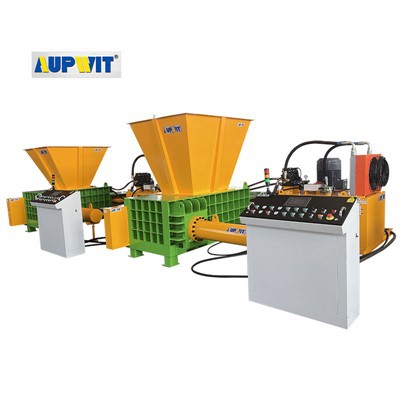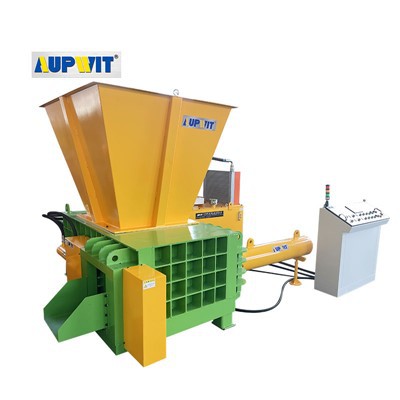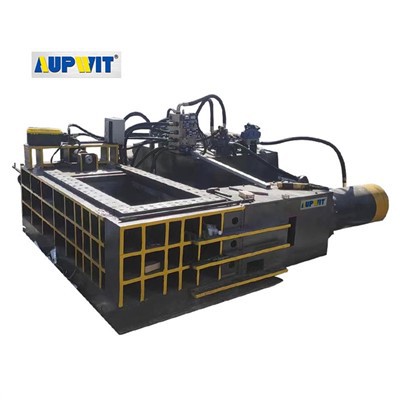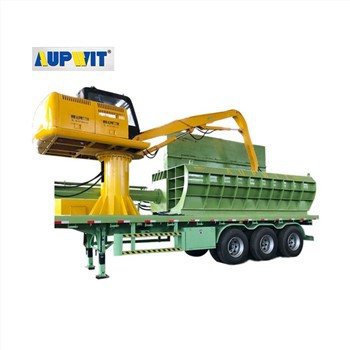Equipment Maintenance Indicators
1. Abnormal Operating Noises
During normal operation, the machine's noises are smooth and regular. Any unusual noises, such as metallic friction, clashing, or high-frequency squealing, may indicate component wear, looseness, or misalignment. Especially if irregular noises occur during compression, check the clearance between the compression plate and the chamber, or the connection status of the transmission components.
2. Decreased Compression Efficiency
If the briquettes are loose and easily scatter after forming, or if the briquettes are irregular in shape and have a significantly reduced density, it indicates insufficient compression force. This could be due to power system pressure decay, compression plate wear, or hydraulic system oil leakage. The performance of the relevant components should be promptly checked.
3. Strapping Mechanism Malfunction
Strapping problems include stalling, inability to tighten properly, loose knots, or frequent breakage. These are all signs of strapping mechanism malfunctions. These could be caused by worn feed pulleys, malfunctioning tension adjustment, or blunt cutting edges in the cutting components, impacting strapping quality and efficiency.
4. Slow Action Response
If the equipment's feeding, compression, and pushing movements are not smoothly coordinated, or if there is a delay in starting or stopping, this could be due to a faulty control system sensor, a clogged hydraulic line, or reduced motor efficiency. Check the electrical connections and power transmission paths for unobstructed operation.
5. Component Leakage or Deformation
Observe the equipment surface for signs of oil leakage, especially at the hydraulic system piping connections and cylinders. Also, check for deformation, cracks, or loose or detached connectors in load-bearing components such as the compression chamber and compression plate. These issues may pose a safety hazard.
6. Abnormal Heat or Odor
If the equipment's temperature rises abnormally in a local area during operation, or if it emits an odor such as burning or oil, this is often due to excessive friction, insufficient lubrication, or circuit aging and short circuits. Immediately shut down the machine and inspect the working condition of heat-prone components such as the motor and bearings.
Key Maintenance Qualifications
- Certified equipment maintenance technician
- Hydraulic systems specialist
- Electrical systems certification
- OSHA safety training
- Manufacturer-specific equipment training


